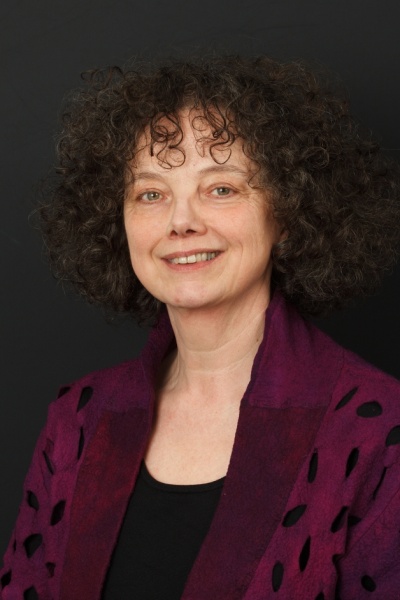The project Witnesses & contemporaries has been running for two years now. This prompted Eveline Buchheim, one of the coordinators of this project, to write a personal reflection on the value of memories.
Years ago, at a workshop for the Stichting Mondelinge Geschiedenis Indonesië (the Dutch foundation for Indonesian oral history), I chaired a panel discussion on gender and racial relations in the Dutch East Indies. In that session I used a passage from an interview in which a Dutch woman said her djongos (house servant) once saved her by throwing water over her after she had had an accident in the kitchen. A gentleman from the audience reacted immediately: how incredibly naive of me to believe such a story! Such a situation could never have arisen in the Dutch East Indies in the first place, because people’s relations with their staff were not like that at that time. These relations were very clear-cut and this would have been an impossible transgression of those rules.
I can’t remember it in great detail any more – that’s how memory works – but I can very clearly recall the highly emotional nature of this gentleman’s response. My reaction at the time was mainly based on our memory being unreliable by definition. I suggested that the woman’s memory of these events occurring could simply coexist with his memory of the impossibility of such events occurring. Even if the story never happened the way this lady remembered it decades later, there is still no need to construe this as misrepresentation or, even worse, as deliberately misleading or lies. To quote Willem Kloos, one of the poets of the Movement of Eighty: perhaps memories are also ‘the most individual expression of the most individual emotions.’
Having worked on the Getuigen & Tijdgenoten project for two years, I still sometimes recall this incident. In our project, we are often told we’re far too late to collect stories because it’s all too long ago and most of the people who experienced it have long since passed away. That is true, of course, but fortunately we are not the first to collect stories about this period of time. Several wonderful collections already exist of stories and eyewitness accounts set down earlier.
But, despite the fact that these interviews took place many years earlier than ours, these collections already faced the same challenges and pitfalls. Even then, the memories were being recorded after the facts – coloured by time, emotions, a changing context, and distance. Of course we already knew that our memory is fallible and vulnerable and that every person interprets facts and experiences in their own way. At the same time, with every story delivered to our project we realise that there are countless ways to tell stories, even many ways to tell the same story.
What we are mainly witnessing with Getuigen & Tijdgenoten is people’s emotional memories. You might even call those their emotional truth. In the stories we’re told, on paper or in witness seminars, all kinds of conflicting emotions arise. Whether it is fear, shame, pride, hesitation, a sense of injury, anger, or relief, these sentiments are at the very the core of these stories. Of course, these emotions can be accompanied by an alternative interpretation of the facts, but missing a few facts does not always mean that a story is less true.


